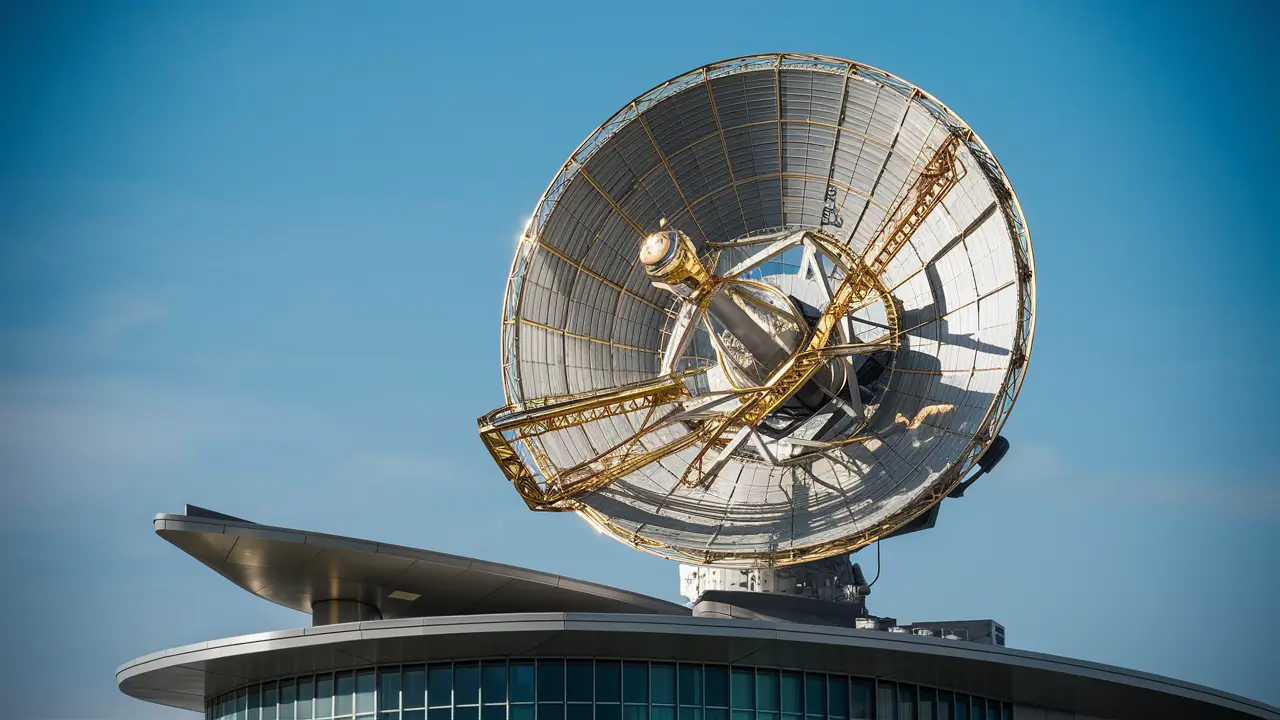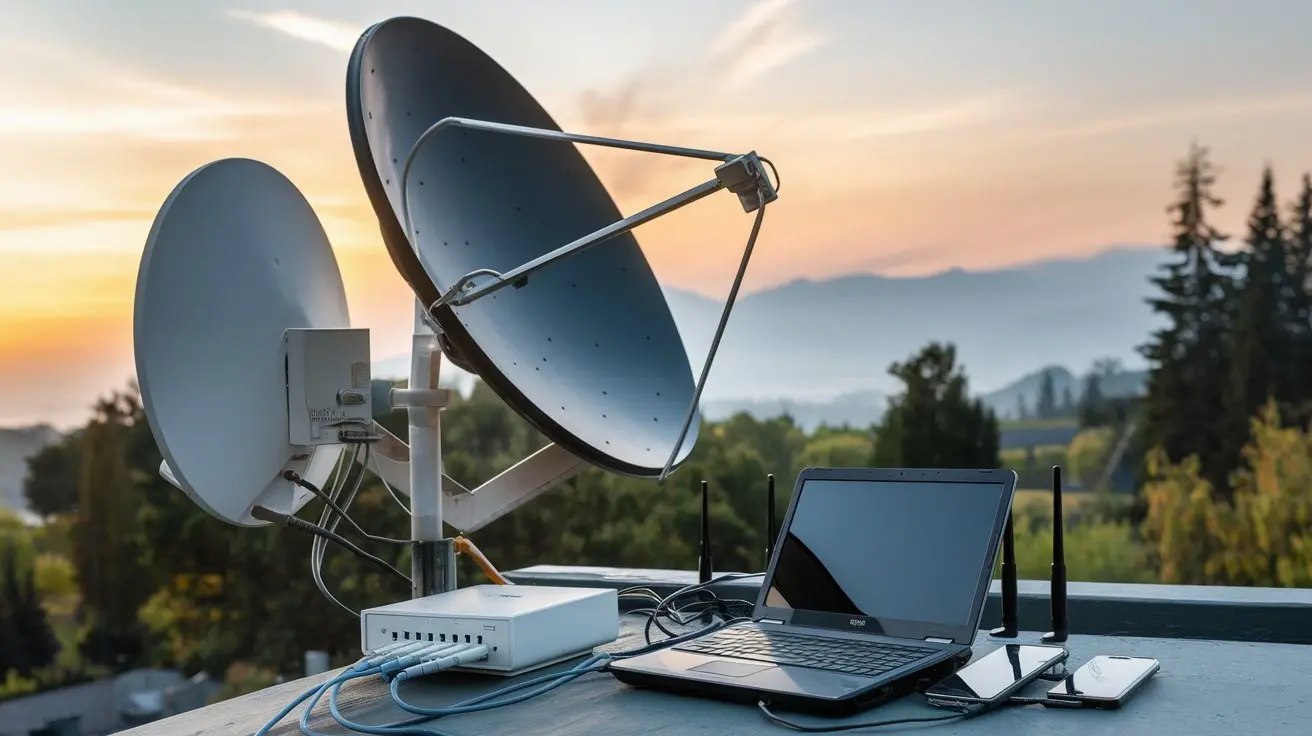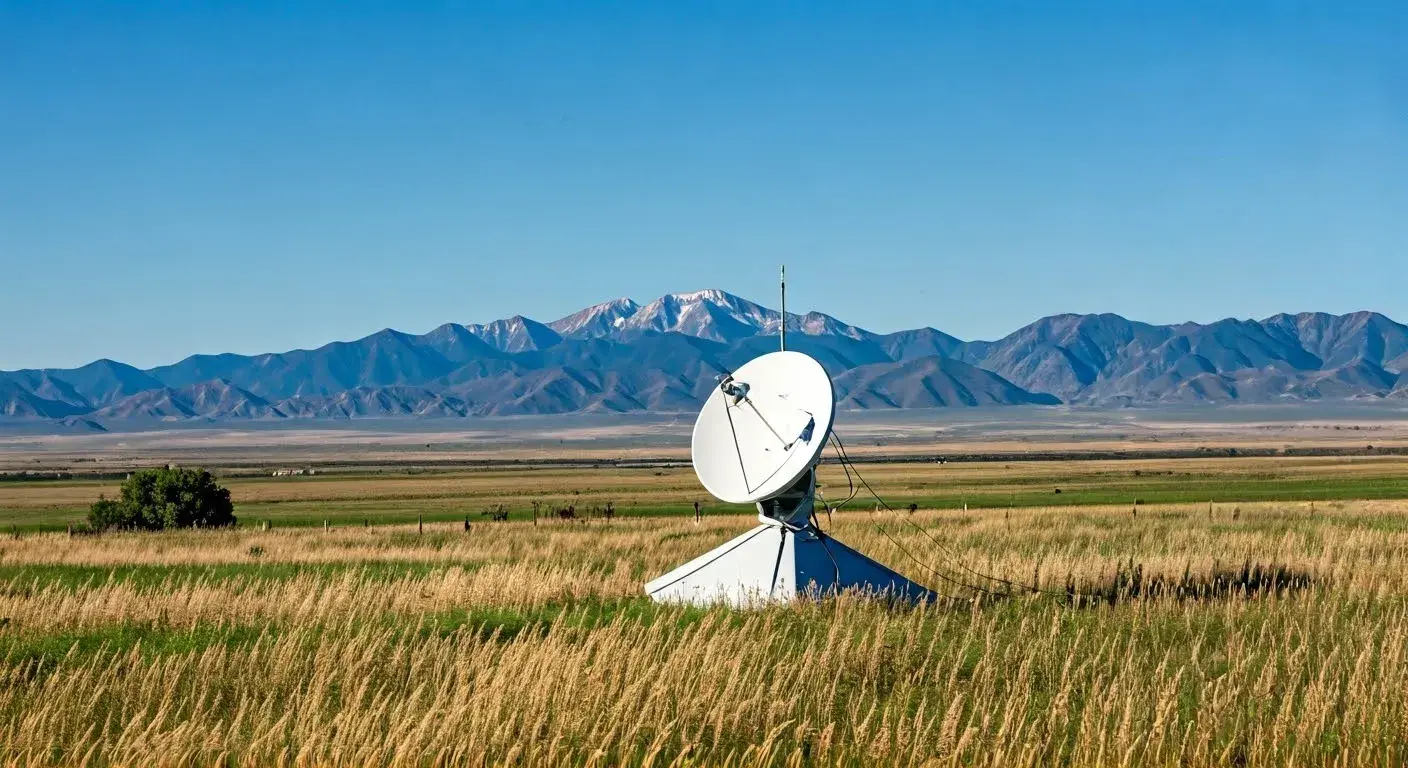-
Posted on: 13 Aug 2024

-
Satellite dishes are now familiar objects in many homes and structures that we can easily see today. This is due to their unique parabolic shape which enables them to capture signals from communications satellites around the earth. However, most people do not know that these familiar dishes also contain tiny traces of precious metals like gold. In the course of the publication, the reader will be introduced with an overview of the gold content in satellite dishes.
Satellite dishes are mainly constructed from the following materials:
A satellite dish can be divided into three elements, namely the dish or the antenna, the feed support structure and the receiver/LNBF. Its unique curved design directs the incoming signals from the satellite to the receiver in a focused manner.
The antenna itself is constructed out of fiberglass or metal that is often surrounded by a weatherproof layer. Aluminum is used for the antenna because it is light, corrosion resistant and effectively reflects the radio waves. The arms on which the antenna is placed are also commonly made from a material such as steel that can handle the force of the wind and the weather.
Last but not the least, the receiver is the most intelligent of the lot. It increases the radio frequency received by the dish and then translates this into video and audio formats suitable for a television. The LNBF shields the receiver from electrical interferences that may affect the sensitive electronic components.
Where Is The Gold In Satellite Dishes?
In fact up to 80% of the gold in a standard satellite dish comes from the copper circuit boards and connecting wires in the receiver/LNBF. Circuit boards, for instance, have a thin layer of gold on the contacts and connection areas.
The gold plays not only a practical role but also an ornamental one. The gold plated contacts are among the best conductors of electricity since they enable the easy passage of electric signals in the circuits. Gold is also corrosion resistant, so it prevents these crucial interfaces from degrading over time.
It is a well-known fact that in most of the consumer electronics, gold is only used in a trace amount and it is generally less than 0. 1% of the total weight. However, more complex electronics like CPUs, RAM, or satellite receivers do utilise more gold than less complicated components.
Just How Much Gold Is There, Really, In A Satellite Dish?
For the purpose of this analysis let us take an example of a typical consumer satellite dish of average size that is 36 inches in diameter. Based on average gold yields from electronic waste recycling, we can estimate the following approximate gold content:
- Antenna/dish – no gold
- Support structure and mounting - no gold
- Wiring - less than 0. 1 grams of gold
- Receiver/LNB – up to 50 grams of gold
Therefore in the whole assembly of 36-inch satellite dish, there is approximately 50 grams (1. 6 ounces) of gold that can be reclaimed. Today the price of gold means that $50 of gold is equal to nearly 3000 US Dollars for 50 grams of gold. Well done! For an old dish this is not bad at all.
However, recycling electronic devices to obtain the small particles of gold lodged inside them is a unique process. Not everyone can take apart satellite equipment and thus, it is not wise to do it on your own. The specialty metals must be safety recovered by qualified e-waste recyclers.
So, What Exactly Happens To The Old Satellite Dishes?
Due to the change from standard definition to the high definition (HD) programming the many people are replacing their old standard satellite dishes. But what becomes of the millions of retired satellite dishes?
However, in many regions, there are no recycling services to collect old satellite dishes; therefore, most of them are dumped in the landfill. Dumping electronic waste in the landfills poses health risks to people since it releases toxic chemicals into the soil and water sources.
However, rising numbers of environmental agencies have banned e-waste from being dumped as garbage in landfills. They encourage the refurbishment and resale or recycling of electronics to reclaim valuable metals such as gold, copper, and aluminum.
Small companies that selectively recycle e-waste employ mechanical processes such as shredding, sorting, and metal extraction for the purpose of selling the gold and other metals back to manufacturers. In general, the presented method of recycling allows for reclaiming about 95% of the materials from electronics such as satellite dishes.
The gold that is recovered is retained and is then recycled for use in other electronics or jewelries. That is to ensure that the gold plating in worthless satellite gears is utilized again instead of being buried underground.
Conclusion
It is surprising to learn that satellite dishes which are installed in people’s homes have tiny quantities of the precious metal, gold. The next time you come across an old dish, just remind yourself that there is gold worth more than $3000 inside it. Of course, do not attempt to extract it yourself; instead, let the qualified e-waste recycling specialists do it. And if you’re upgrading equipment, make sure to search for a responsible recycling location in your area so that valuable satellite components don’t go to waste and end up in a landfill.
Ready to upgrade your TV experience? Call us now at (877) 471-4808 to find the perfect Dish Network plan for you! Don’t miss out on great entertainment—our team is here to help you choose the best package and get you started today.





